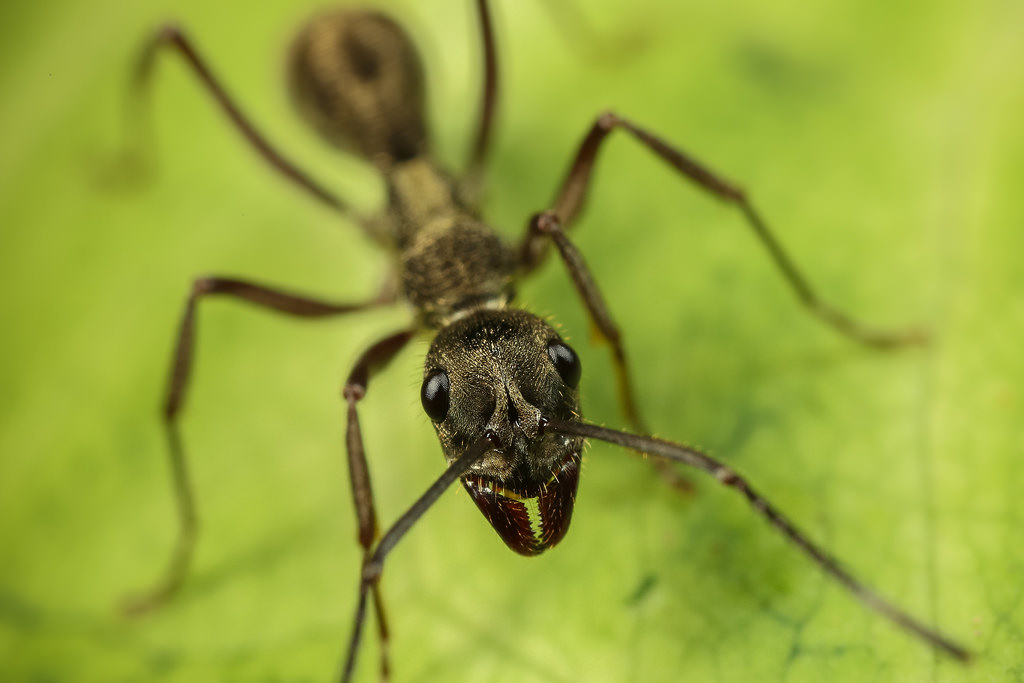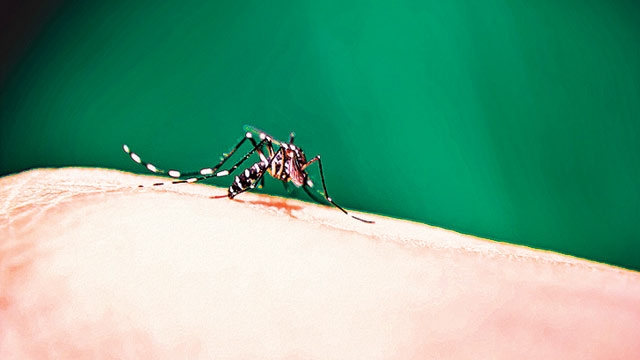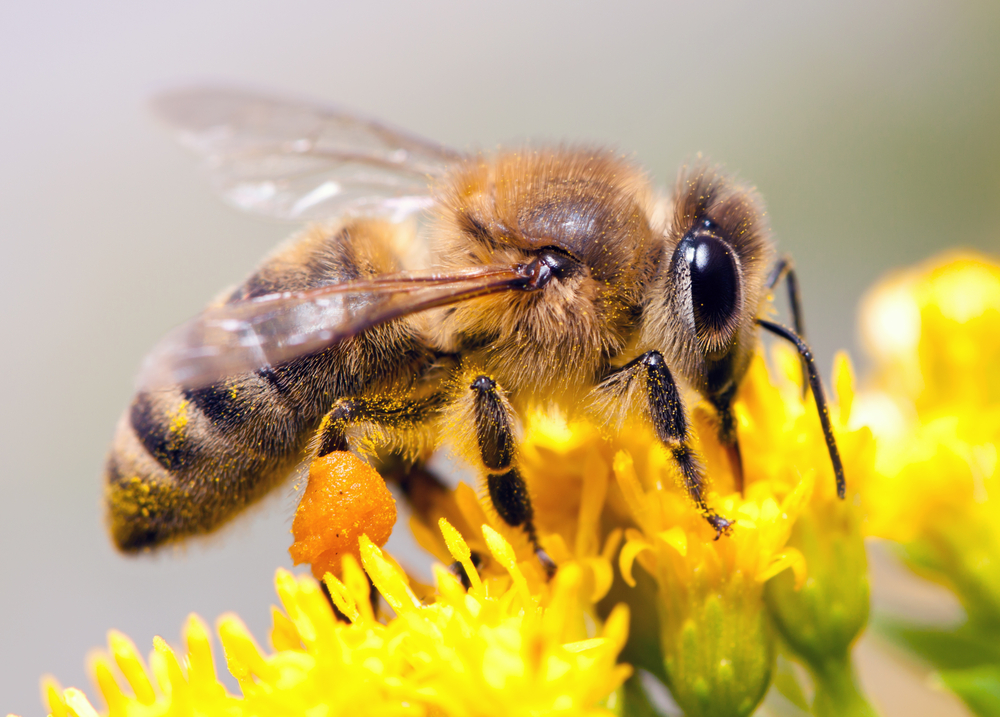A marauding gang of thieves is on the prowl. They find a house whose residents are in the middle of moving to another house. While the residents busy themselves attending to the chores necessary for the shift, one of the thieves moves in slyly and kidnaps the baby inside.
We are not talking about humans—these are ants.
Moving buddies
An Indian scientist has discovered this trait of kidnapping for the first time in a tropical ant species—one found in India, Sri Lanka and Japan.
Eight years ago, when Sumana Annagiri, an ecologist, relocated from the US to Kolkata, she found that she had company. A colony of ants was also moving in.
She began to observe their behaviour and what she found was fascinating. She says, “A single ant invited its nest mate and brought it along, travelling together as a tandem pair in physical contact with each other.”
It goes back and forth bringing its nest mates with it. A few other ants (about 15% of nest members) act similarly, taking up the job of leading the nest mates and in this manner, the entire colony of ants relocate to their new residence.
This mannerism, known as “tandem running”, was different from the usual manner in which ants normally relocate, which is following a chemical trail left by a member.
Captivated by this behaviour, Annagiri took up the study of this ant species Diacamma indicum, belonging to a primitive family of ants, Ponerinae, and set up the ant lab to study ant behaviour at the Indian Institute for Science Education and Research in Kolkata.
Like all ant species, these ants are eusocial, defined by three main features. One, there is an overlap of generations—a minimum of two generations is required. Two, cooperative care: The brood of the nest are pooled together and taken care of. Three, division of reproductive labour: Only one or a few members get to reproduce and lay eggs, while the rest are sterile and take care of the queen’s offspring.
In most eusocial ants, the queen is distinct from the rest of the workers due to the presence of wings and/or greater size. However, in this particular species, all the members look alike—there is no distinct queen.
All female ants are born with a thoracic gland in place of the wings. A single female worker mates and reproduces, who is known as the gamergate or the queen.
Annagiri explains, “The current ruling gamergate retains its position as the only reproductive member, by mutilating the thoracic gland of all newly born female members.” This forces them to become workers—the gamergate usually mates with a male of another colony.
These are monodomous ants—living in a single nest, as compared to some species where a single colony occupies multiple nests. The nest size is not large, members range from 12 to 261 adults.
A second surprise
It was during the course of the study, published in Nature last October, that Annagiri and her team, Bishwarup Paul and Manabi Paul, discovered another fascinating trait of these—stealing the young ones of neighbouring colonies and using these young ones as slaves for their own colony.
Usually, one ant first identifies a neighbouring colony that’s in the process of relocating. Then, one or several ants enter and raid the colony and kidnap their pupa. The ants prefer stealing pupae as opposed to the immature eggs or larvae, possibly because pupae are the last development stage, ready to grow into an adult.
The purpose of the kidnapping being that the pupae, when they become adults, can be incorporated as workers into their colony. The females are expected to be mutilated as the stolen pupae are treated in the same way as the host pupae, but this has not been tested.
Raiding other nests for young ones, food or other resources is common in the animal kingdom. The young ones, or brood of a species, are particularly vulnerable. They are often targeted to be used as food reserves of a colony.
Aggressive ant species such as army ants are especially noted for their raiding behaviour, where they form specialized columns or swarm and hunt for food, which includes the brood of other ants.
But thieving for the sake of enslaving is found only in ants. Although rare, thievery of brood for the purpose of slave-making has been known in certain ant families found in temperate regions of the world.
Of the 12,000 known ant species, about 50 species are known to be slave makers. Slave makers and their victims are usually genetically related. They could be of the same species or a related species.
In many of these species, slavery, or “dulosis”, as it is scientifically known, is obligatory. That is, these ants rely solely on workers captured in raids for colony building. All work of maintaining the nest is performed by slaves; if there are none left, the colony dies.
However, there are a few species where adults are capable of conducting all the tasks of the colony and occasionally conduct raids to increase the workforce of the colony.
Diacamma indicum seem to fall in the latter category. But their raiding pattern is different from any other species discovered so far, based on knowledge from published scientific literature. Slave-making ants typically conduct systematic raids in large groups. Diacamma indicum conducts the thefts individually, with only 1% of the colony taking up thievery.
Annagiri says, “The theft is more opportunistic in nature. When an ant goes out foraging for food such as termites and dead insects, and comes across a colony of its own species relocating, it takes the opportunity to steal the brood.”
Usually, when a colony relocates, the ants take temporary shelter in anywhere from one to eight temporary nest sites, before moving into the final nest site. They move their young, eggs and pupae along with other stored resources. Although the colony is not unguarded, they are vulnerable to predation.
Annagiri and her team observed the stealing behaviour of the ants both in their natural habitat, where they nest in cavities of stones, rocks, tree branches, trunks, fallen logs and cracks of walls, as well as in the lab.
They introduced a foreign colony inside a lab area where a colony of Diacamma indicum was already residing, to simulate relocation. Annagiri’s team recorded the brood thefts that took place. They observed that both the resident and foreign colonies attempted to steal brood from each other. The resident colonies, however, made significantly more attempts and were more successful at stealing.
But the victim colonies fought back frequently. If the thief was recognized, the colony would attack by biting, dragging, pushing down or antennal boxing. In this way, they were able to block more than half the attempts.
The team also studied the fate of the stolen pupae—if they are consumed as food like some ant species do. Using different paints to mark the foreign and resident pupae, they found that almost all stolen pupae were integrated into the colony, just like their own pupa. The stolen pupae were allowed to eclose (emerge as an adult from the pupa) and assimilated into the workforce of the colony.
Slave-making ants first find mention in Charles Darwin’s Origin of Species, in which he speculated that slavery in ants probably evolved as a by-product of brood predation. In temperate regions, history of slave-making ants has been known to exist for tens of thousands of years.
Until now though, there has been no record of slave-making in the tropics, so it’s hard to guess how long slavery here has existed. Annagiri hopes that more slave-making ants among tropical species will be discovered, which will help to understand the history and evolution of slavery in ants.
For now, she and her team plan to further study this thieving behaviour. “We are exploring the mechanism of stealing, how the behaviour is modulated. Do the ants even know if they are stealing?”
Deepa Padmanaban is a freelance science journalist, whose work has appeared in National Geographic, NYmag, BBC Earth and The Atlantic, among others.
Source: Live Mint








